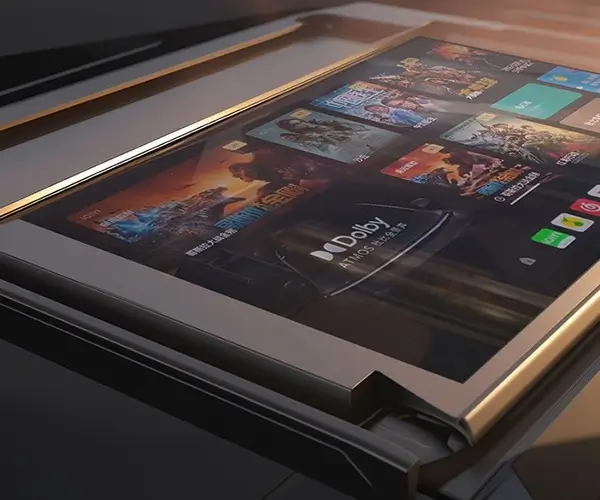When you’re thinking about upgrading your motor, whether it's for a drone, a robot, or even a power tool, the question often comes down to: Brushless or Brushed? It’s a debate that’s been around for years, and while both have their place, one definitely has the edge in most situations. So, let’s take a closer look at why brushless motors might be exactly what you need.

First off, let’s talk about the basics. Brushed motors, as the name suggests, use brushes to make contact with a rotating armature, which creates the power needed to run the motor. The downside to this setup? Friction. Over time, the brushes wear down, which leads to maintenance issues and decreased performance. Plus, this friction generates heat, which can shorten the lifespan of the motor. In fact, if you’ve ever used a tool or device that’s started to slow down or heat up, the brushes are often to blame.
On the other hand, brushless motors operate without brushes. Instead, they use an electronic controller to switch the direction of current in the motor windings. This means there's no physical contact like there is in brushed motors, which reduces friction, minimizes wear and tear, and results in a motor that runs smoother and lasts longer.
Now, you might be wondering: Is all the hype about brushless motors really justified? Well, let’s break it down. A brushless motor is typically more efficient than a brushed motor. That means it converts more electrical energy into mechanical energy, leading to less heat and better overall performance. This is why brushless motors are often used in high-performance applications like drones, RC cars, and even electric vehicles.
But that’s not all. Because brushless motors have fewer moving parts and don’t generate as much heat, they’re also much quieter than their brushed counterparts. If you’re working in a noise-sensitive environment, like in certain industries or if you're just tired of that loud buzzing sound, brushless motors are definitely the way to go.
What About the Cost?
Here’s where things get a little tricky. Brushless motors do tend to cost more upfront. They require more complex electronics to operate, and the initial investment can sometimes seem steep. However, when you factor in the long-term benefits—like lower maintenance costs, longer lifespan, and better performance—it often makes more sense to go with a brushless motor.
Plus, with advancements in technology and manufacturing, brushless motors have become more affordable over the years. The price gap between brushed and brushless motors has narrowed significantly, making the latter a much more attractive option in the long run.
So, Should You Go Brushless?
If you’re looking for longevity, efficiency, and a smoother ride, brushless motors should be your go-to. They’re perfect for anyone who values performance, reliability, and low maintenance. Whether you’re into high-speed drones, precision robotics, or tools that need to stand up to heavy use, the advantages of brushless motors are hard to ignore.
And at the end of the day, isn’t it worth investing in something that will save you time, hassle, and money down the line? After all, with a brushless motor, you get a product that keeps on going strong, with less worry about wear and tear or sudden breakdowns. Sounds pretty good, right?
So, before you make your decision, think about what matters most to you: performance, longevity, and efficiency. Brushless motors have these qualities in spades.
Established in 2005, Kpower has been dedicated to a professional compact motion unit manufacturer, headquartered in Dongguan, Guangdong Province, China.




































